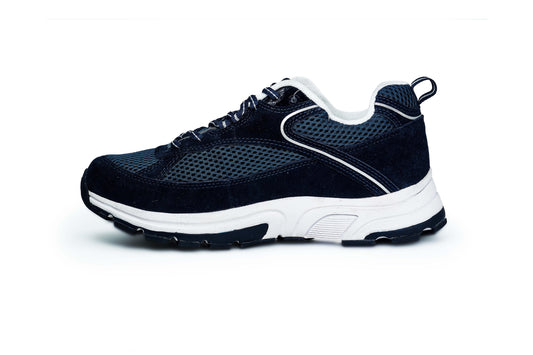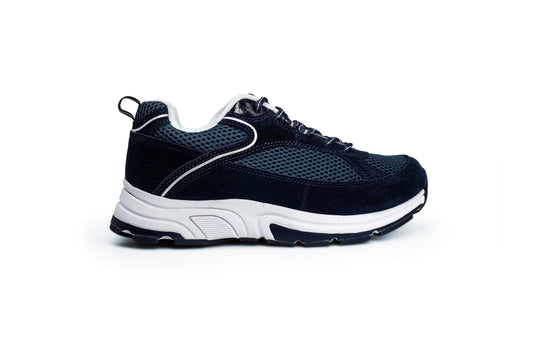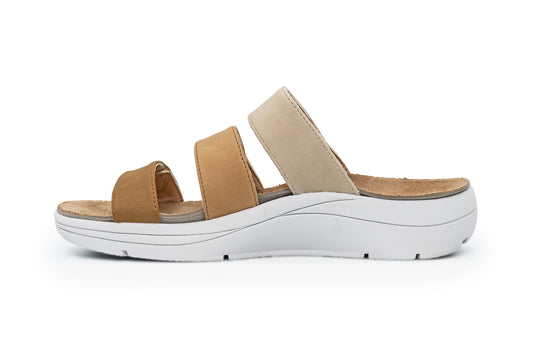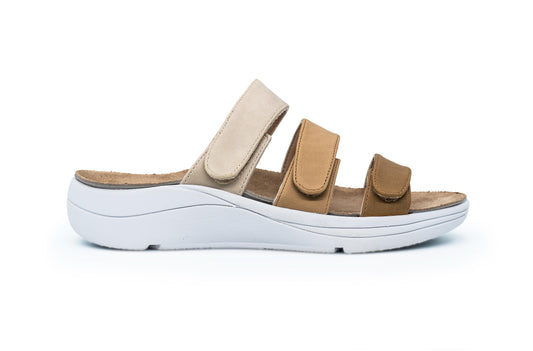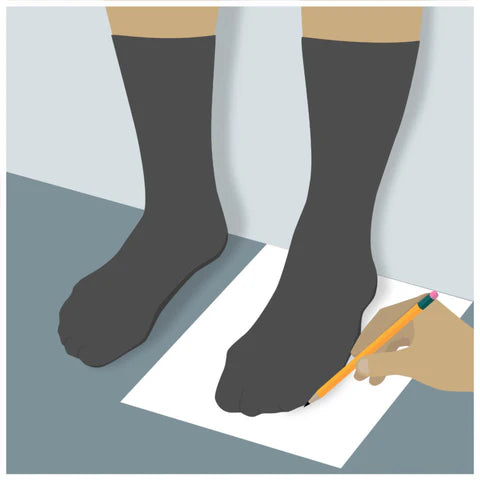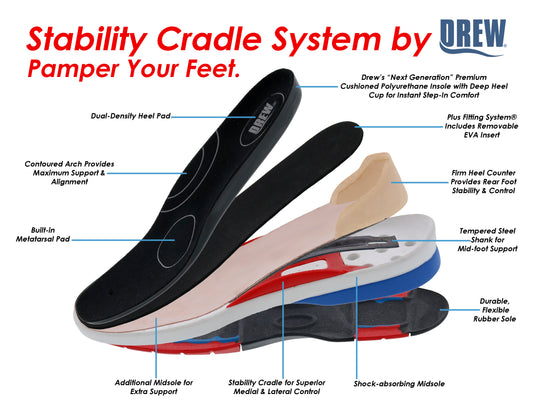HOW TO MEASURE YOUR FEET CORRECTLY FOR ORTHOPEDIC SHOES?
Finding the appropriate fit for orthopedic shoes is very important in maintaining proper foot health, comfort, and support. Orthopedic shoes are manufactured to address various conditions related to the feet, like flat feet, plantar fasciitis, bunions, or arthritis, which cause pain and discomfort. However, to reap the most from these shoes, measuring the feet correctly is very important. Bad-fitting shoes may lead to discomfort, worsen problems already existing in the feet, or even create issues that did not exist initially. In this article, we will guide you in the proper measurement of orthopedic shoes so the size taken is perfect.
Why does accurate foot measurement matter?
Orthopedic shoes are different from standard shoes since they are created to compensate for the needed support for specific foot problems. Measurement is important, as even a small size difference can make the shoes fit too tight, too loose, or just plain uncomfortable. Wearing improperly fitted shoes can also impact your posture, lead to joint pain, and exacerbate your foot condition.
Proper measurement of your feet ensures that the shoes will provide the right support for your arches, toes, and heels and allow adequate room in the toe box. In some cases, a custom insole or orthotic may also be necessary to further enhance the fit, and getting the right foot measurements is essential for this process.
Steps to measure feet for orthopedic shoes
1. Measure both feet.
Most people have one foot a little larger than the other. Yes, you heard it right. When measuring for orthopedic shoes, both feet should be measured, and the larger of the two should be the guide for shoe size. For minor differences, this usually does not matter and allows for comfortable wear. A shoe that is significantly larger on one foot may warrant purchasing a shoe with flexible aspects, such as Velcro straps or laces.
2. Choosing the right time to measure.
They get swollen due to standing for hours and walking. One can get the most precise measurement if he or she takes his or her shoe measurement in the afternoon or late evening when the foot is swollen a little by the size it will make in wearing shoes for an extensive amount of time. Measuring feet during this time may avoid having shoes too tight for your feet.
3. Use a piece of paper and a pen.
To start measuring, you will need a flat surface, such as a floor or a table, and a piece of paper large enough to accommodate the length of your feet. Here's how you do it:
Step 1: Place the piece of paper on a flat surface, like the floor. Make sure the paper is secured and will not move during the process.
Step 2: Stand straight with your weight evenly distributed on both feet. Place one foot on the paper with your heel touching the wall or edge of the paper. Make sure the foot is flat and in its natural, unflexed position.
Step 3 Trace around your entire foot with a pen or pencil. Try to keep the pen up and avoid angling the pen inwards, since this may distort the measurements.
Step 4: Do the same for the other foot.
4. Measure the length of your feet.
Once you have traced both feet, use a ruler or measuring tape to measure the length of each foot from the heel to the tip of the longest toe. This is the most important dimension when determining shoe size. Make sure to measure in a straight line to avoid any distortions.
Step 1: Measure the distance from the heel to the longest toe along each traced foot. Measuring should be done to millimeter or inch measurement, as preferred.
Step 2: Compare the two measurements to find out which is the larger measurement. Make a shoe size based on that.
5. Measure the width of your feet.
Foot width is equally important when choosing orthopedic shoes. If the shoe becomes too narrow, it could pinch your toes. Also, a shoe that's too wide may not hold the foot properly. Follow these steps to measure your foot width:
Step 1: With the tracing of your feet on the paper by using a ruler, mark the widest part of the foot. That is usually through the ball of the foot.
Step 2: Record the measurement of width for each foot.
Step 3: Compare both measurements to determine which of your feet is the wider one, and use this measurement to determine your foot width.
6. Consider the Arch Height.
Some orthopedic shoes are designed to accommodate different arch heights, which may include low, medium, or high arches. To find out your arch height, follow these:
- Wet the soles of your feet, then step on a piece of paper or cardboard so you can make an impression.
- If you can see most of your footprint with only a small curve along the arch, you probably have low arches or flat feet.
- If the arch area is clearly visible with a moderate curve, then you have a medium arch.
- If you can only see a small portion of the heel and ball of your foot, with a high curve along the arch, then you probably have high arches.
Take the Next Step Towards Comfort and Care
Discover the perfect balance of support, style, and expert guidance for your feet. Explore our collection of orthopedic and diabetic shoes designed to keep you moving with ease.
Start your journey to happy, healthy feet today!
Visit us at DiabeticShoe for more tips, insights, and footwear solutions.
Stay Connected:
Follow us on Pinterest, Facebook, Instagram, YouTube, LinkedIn, Twitter and Quora for updates, advice, and more informative content.

